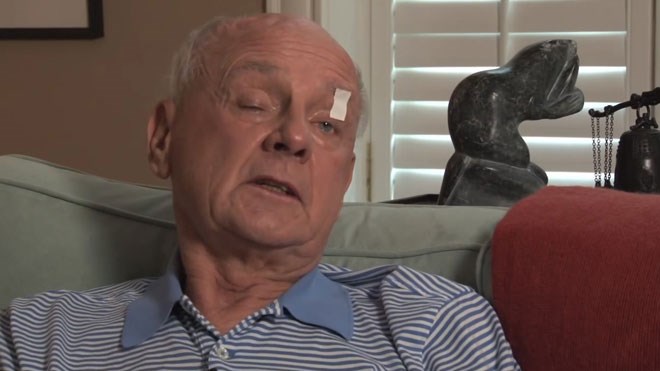Just a week before his death due to complications from a brain tumour, Dr. Donald Low posted a video to YouTube in which he pleaded for a change to Canadian law to allow for physician-assisted death for terminally ill patients.
The video, posted on Sept. 10, 2013, started a new public debate on the contentious issue.
To help hospital staff navigate the controversial debate on physician-assisted death, Dr. Peter Zalan, president of the Health Sciences North medical staff, invited Low's widow, Maureen Taylor, to speak to local physicians on the issue Jan. 22.
“In general, Canadian physicians are not big advocates of assisted suicide,” Zalan said. But he added he could support the practice under the right circumstances.
“There is room for assisted suicide in a small specific number of cases. And if carefully done … I think there is a role.”
In a recent survey, the Canadian Medical Association asked its members if they would be willing to participate in assisted dying. Only 25 per cent of respondents said yes.
But Taylor, who works as a physician assistant, said the association asked the wrong question.
“We don't need 100 per cent of doctors to participate in this,” Taylor said. “We don't want rheumatologists and dermatologists handing out lethal drugs. We want oncologists, palliative-care specialists and family doctors who have an interest in end-of-life issues.”
Taylor said the state of Oregon offers a good model on how assisted dying can work.
In 1994, voters approved Ballot Measure 16, which legalized physician-assisted dying.
But the procedure is only legal for terminally ill patients who have a prognosis of six months or less to live.
“Is that not a no-brainer when you look at Don?” Taylor asked, referring to her husband.
“Don understood that everybody dies, and Don was for himself not looking forward to being very old and incapacitated,” she added. “What bothered him was the fact that he would be unable to communicate with his family, unable to care for himself and that was a loss of autonomy he didn't want to see.”
Washington and Vermont have also passed legislation similar to Oregon's, and a New Mexico judge recently ruled terminally ill patients have a right to aid in dying.
In Canada, only Quebec is on the cusp of passing similar legislation. The province's Bill 52, An Act Respecting End-of-Life Care, tabled in June 2013, would follow the American examples and legalize physician-assisted dying.
The legislation could lead to a showdown with the Supreme Court of Canada because assisted suicide and euthanasia are illegal under the country's Criminal Code.
Taylor said she is optimistic Canada's laws on assisted death will change if the Supreme Court revisits the issue.
@jmigneault
Join Sudbury.com+
- Messages
- Post a Listing
- Your Listings
- Your Profile
- Your Subscriptions
- Your Likes
- Your Business
- Support Local News
- Payment History
Sudbury.com+ members
Already a +member?
Not a +member?
Sign up for a Sudbury.com+ account for instant access to upcoming contests, local offers, auctions and so much more.
